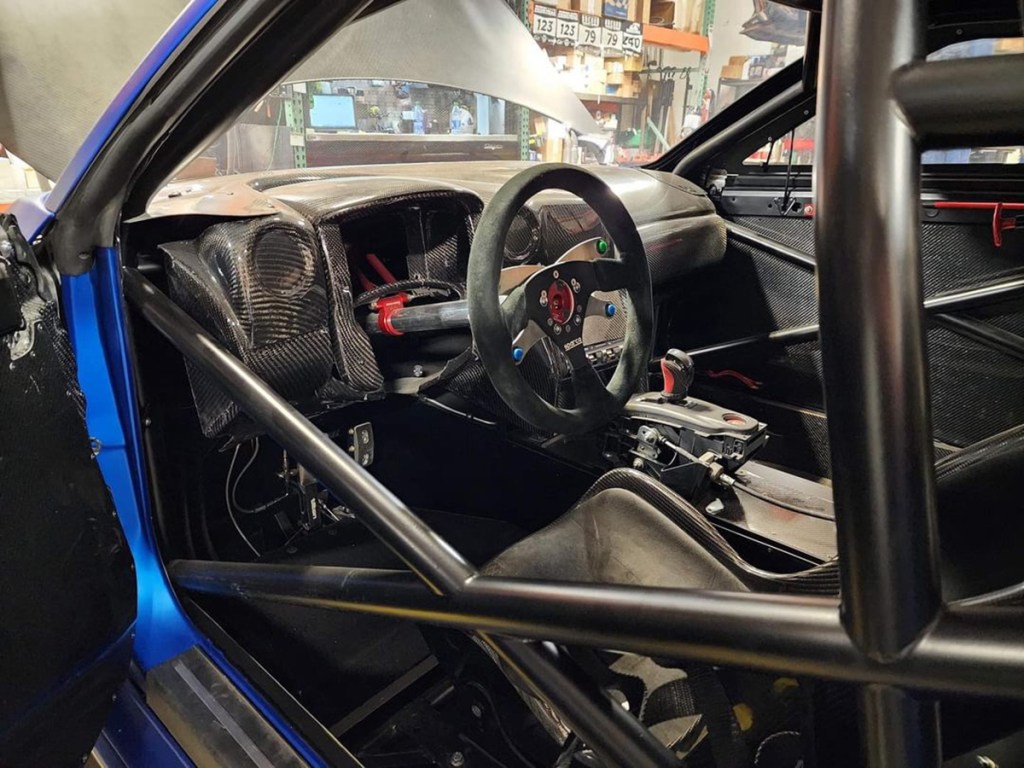Under the skin of Gidi’s Extreme Turbo System Nissan R35, the world’s most powerful Nissan GT-R and the ultimate in GT-R tuning.
When in 2007 Nissan first unveiled its replacement for the legendary R34 Skyline GT-R, fans bemoaned the car for not only dropping the iconic Skyline badge and the highly-tunable RB26 straight-six twin turbo engine in favor of an untested VR38 3.8-litre twin turbo V6, but because, in its wisdom, Nissan declared that the new R35 generation model would be virtually impossible for aftermarket specialists to tune.
Fearmongers predicted the end of an icon, but the GT-R faithful remained optimistic, and within a few months of the car hitting the streets, there were already rumors floating around that the code to the R35’s sophisticated electronic brain had been cracked.
The early days of GT-R tuning
The standard car’s already impressive statistics for power, 0-60 and top speed all soon began to tumble as tuners started exploring what the new V6 powerplant could really produce.
No longer was the stock 473bhp of the earliest models a glass ceiling, as tuners started smashing through and posting previously unthinkable numbers on an almost monthly basis.
Relatively basis tuning packages boasting 600, 700 and 800bhp became the norm, with many beginning to breach the four figure barrier with ease.
At this point, while the R35 had nowhere near the racing, or even tuning heritage of its Skyline-badged brethren, it had totally eclipsed its forebears when it came to the potential to unleash otherworldly levels of power, all in a package that could remain practical and driveable enough for daily driven use.
But in this article, we’re not concerned with keeping things practical, or even sensible. Here we want to see what the GT-R is truly capable of with no limits tuning, and go under the skin to see what it takes to build the world’s most powerful Nissan GT-R.

Image: Issy Media
ETS-built Nissan GT-R R35
That noteworthy accolade currently belongs to Gidi Chamdi, the owner and driver of ETS-G, an R35 Nissan GT-R with a mind-blowing 3500bhp.
Built and maintained by world renowned turbo tuning specialist, Extreme Turbo Systems (ETS) in Vancouver, Washington, USA, Gidi’s 2014-model R35 has been at the bleeding edge of GT-R tuning for almost a decade, repeatedly breaking drag racing records on a regular basis as it has continued to evolve into the absolute monster it is today.
Engine modifications
Featuring ETS’s Drag Turbo System, a pair of front-facing Precision Turbo 85/86 turbochargers ram a colossal 100PSI of boost into its ETS Drag Series engine. This comprises a 4.3-litre 7075 Crest CNC billet block, Ferrea valve train, Mahle forged billet pistons and stroker kit and CNC 5-axis ported head with proprietary ETS head-sealing technology. When supplied with potent race fuel from 18 Injector Dynamics ID2000 2000cc injectors and controlled by a Syvecs standalone ECU, this heady mix is reckoned to produce in excess of 3500bhp at the wheels!

World’s Most Powerful Nissan GT-R Transmission
Getting this kind of power to the tarmac is no easy feat, but ETS has managed to harness this tire torturing torrent of torque by utilizing a carbon DSS driveshaft to a Shep stage 6+ Nissan GR6 transmission with Dodson Extreme Duty gears, and ultimately out to the tires via DSS Pro Series driveshafts.
ETS has been using this same bulletproof drivetrain setup since 2019, when Gidi and the R35 set the GT-R Drag record of 6.54 seconds, which was a feat that stood for two-years until it was surpassed by George Dodworth and his 2600bhp GT-R known as Night Fury with a 6.51 at 230mph.

Chassis modifications
Realizing these ultra-high-powered GT-R’s would eventually get into the low 6 second bracket, and considering they had broken Gidi’s GT-R’s rear suspension clean off its chassis during its final pass of 2019, for its latest incarnation, ETS decided to remove the interior of the unibody, and install a Dodson GT spec tubular chassis instead.
By replacing the car’s OEM chassis with a drag-spec tubular one, it has increased the structural stiffness while also improving safety. Much of the car’s original OEM steel outer body panels remain, including the roof, rear quarter panels, front arches and sills, while the doors, bonnet and trunk are all lightweight carbon-fiber items.
The modified front bumper has a custom panel in the lower grille area with apertures for the huge twin turbos to gulp down as much cold, dense air as they need to generate those gargantuan power figures, with the potent waste gases exiting through the twin titanium exhaust pipes that poke out of each side of the bumper just in front of the front wheels. The rear is equipped with a low-level drag spoiler and a pair of parachutes to help slow this bonkers GT-R once it passes the finish line.
As you can imagine, with only a web of tubular steel under the bodywork, the GT-R’s interior is a world away from its stock appearance with only a super lightweight racing seat and carbon-fiber dashboard to complement the suede-rimmed steering wheel.

Records
Gidi and the ETS team have yet to regain the hallowed drag world record, as they are still developing the car with its new chassis setup, but they did achieve second place in the GTR Unlimited class at the highly competitive TX2K event held at Houston Raceway in Texas.
For a GT-R that still retains its stock bodywork, VR38 engine, GR6 transmission and all-wheel-drive system (which can be electronically switched to two-wheel drive to allow for the pre-launch rear-tire warming burnouts), its one hell of a machine that should easily be capable of achieving the low six-second passes the team is aiming for on the drag strip. But for now, Gidi and the guys will have to be content to known they are the holder of the title of world’s most powerful Nissan GT-R, a record that they will likely continue to break again and again as they chase their goal of ultimate GT-R domination!
Update: This mental machine is up for sale! Read this article for more info.
Words: Dan Sherwood.




